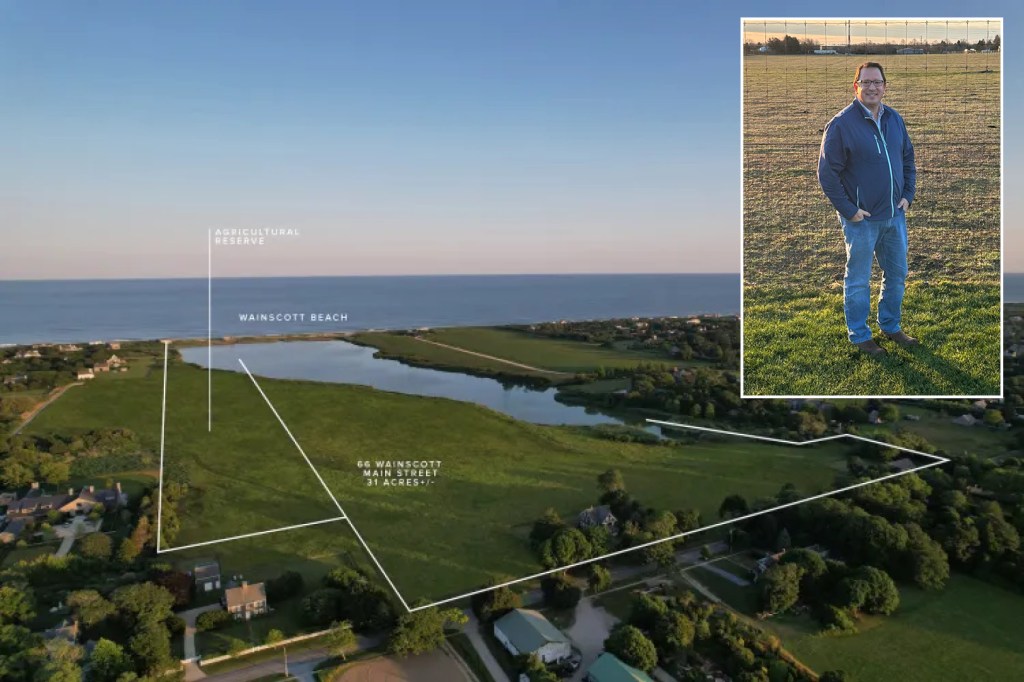Shinnecock Voices: Crossing Borders or Crossing Boundaries?

You’re sitting in yet another afternoon of the dreaded ‘trade parade,’ as you do every day, trying to make it to or from another job, in the ‘land of the elite.’ As a year-round resident of Southampton, you do this daily during the work week, so you are accustomed to the traffic. Today is different though; as someone who consistently navigates the backroads to get to and from work, you rarely use your GPS for actual directions, but on Mother’s Day, you’re running a bit late. You check your ETA to be sure you will be on time for your mom. To your shock, not only were the names of places different on this particular GPS route but so were boundary lines.
The semantics and issues of these changes are important, especially to the Shinnecock Nation people, because of the significance of our historical challenges from colonists and wealthy landowners to our ancestral territory.
We have often been at the forefront of East End’s politics. Over the past few years, the marketing billboards and the more recent clearing of land for a future Shinnecock-owned gas station and travel center have been making waves. But an issue at the forefront of our Shinnecock citizens’ minds are borders and boundary lines of the Shinnecock Nation’s traditional lands. Over the last 500 years, these borders and boundaries have gradually reduced our original lands, both with and without the knowledge or approval of the Shinnecock people.
Since 2010, the Shinnecock Nation has been registered as a Federally Recognized Tribe, exercising its sovereignty in several fiduciary and political efforts. One of these historically decreasing areas is “Westwoods,” a wooded area along the shores of the Peconic Bay, lying within what is currently known as Hampton Bays. This territory has been encroached on by neighboring houses and properties foot by foot, fence post by fence post. As more time passes, what is considered traditional Shinnecock land, having not been leased, sold or seized by the British Crown, and subsequently the United States, continues to shrink.
Early maps often depicted Indigenous lands inaccurately or omitted them entirely, reflecting colonialist narratives that marginalize Indigenous communities. This practice of erasure is one ALL Indigenous people have rallied against, as well as withstood for over 500 years across the American continent. It has marginalized, omitted, erased, devalued, and stigmatized regions and communities, reinforcing feelings of exclusion and insignificance, leading to lowered self-esteem and eventual identity among those affected.
Further, place names on maps often reflect settler perspectives and can carry derogatory or disrespectful connotations for Indigenous peoples. These serve as reminders of colonization, displacement, and cultural suppression, exacerbating political differences on the East End.
No matter where you live full or part-time, most people are familiar with the “Not-in-my-backyard” mentality: no one is a stranger to the notion, especially not the Shinnecock.
With Apple and Apple Maps influencing more than just mileage and geographical lines, it becomes necessary to point out the colonialistic narrative being chosen and entertained in this new iOS update, which no longer names our homeland (titled correctly “Shinnecock Territory” or “Shinnecock Indian Nation” on other map providers like Google Maps), but rather marks us as de facto wards of the State of New York. Map imagery and place names profoundly influence one’s sense of self, self esteem, identity, belonging and sense of significance.
Respected contemporary efforts are underway to reclaim and decolonize map imagery. Indigenous cartographers and activists are working tirelessly to create maps that accurately represent Indigenous lands, languages and cultural heritage. By centering Indigenous perspectives and place names, these initiatives empower Indigenous communities and foster a sense of pride and modern connection to ancestral lands.
From basic research, Apple, like Google Maps and Waze, sources their map data from a variety of providers and its own mapping efforts. Apple’s primary data source is its own fleet of vehicles equipped with advanced sensors and cameras, which gather street-level imagery and data for improving maps. Additionally, Apple acquires data from third-party mapping companies, public datasets, and government sources to enhance its accuracy.
The technology giant also incorporates data from satellite imagery and aerial photography to enhance its mapping services, which can provide detailed and more up-to-date visual representations of locations around the world. Additionally, Apples also relies on user feedback and data from its millions of iOS users – worldwide – to continuously update and refine its mapping information.
Through features like “Report an Issue,” users can provide their own corrections, additions and updates directly to Apple, which can help improve the accuracy of map data overtime. Apple has now drawn the attention of the Shinnecock Nation: we believe that the company should work to determine the provider for the current Maps update, especially since its competitors are not providing the same changes of information.
Apple’s update is not only inaccurate, it’s offensive and at the start of the Great East End Migration beginning Memorial Day weekend, where thousands are using smartphone maps to reach their summer East End destinations, now is the time for accuracy and inclusivity.
Charlotte “Charlie” Roe is a tribal citizen of the Shinnecock and Unkechaug Nations. She is a freelance writer and documentarian, fitness influencer, and health and wellness entrepreneur. She seeks to continue to inspire her community through health and fitness but also through writing and entertainment.
Alli Hunter Joseph is a journalist, producer and advisor on the forthcoming documentary Kelp Movement and a citizen of the Shinnecock Nation.
“Shinnecock Voices” is a monthly column in which citizens of the Shinnecock Nation share stories and opinions, and discuss the projects and campaigns they’re working on, to allow readers an inside view into their incredible community.




